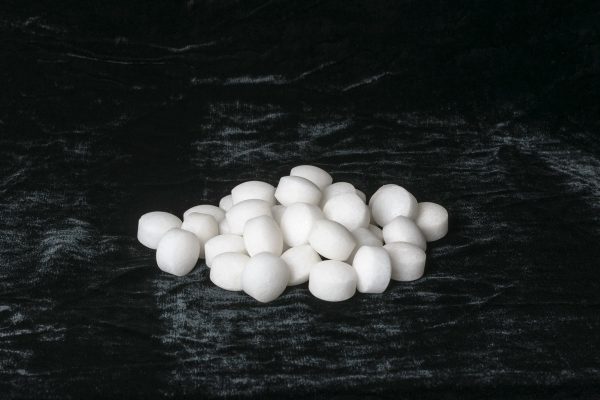Some people won't last a day without eating rice. And most want to stock rice long-term to feed themselves throughout the next months or years. So, how about finding out how long rice lasts in storage? We are good at feeding curiosity; we have conducted thorough research to determine the answer.
The shelf life of rice will depend on its type. And there are many types of rice available. However, the primary distinction in shelf life is between brown and white rice. White rice can last up to two years, while brown rice can last three to six months from its manufacturing date.
Rice is a basic necessity. That is why you should prioritize knowing everything about it. And to do that, we encourage you to keep reading and keep up with us as we dig deeper for more information. So, without further ado, let's start delving into the details!
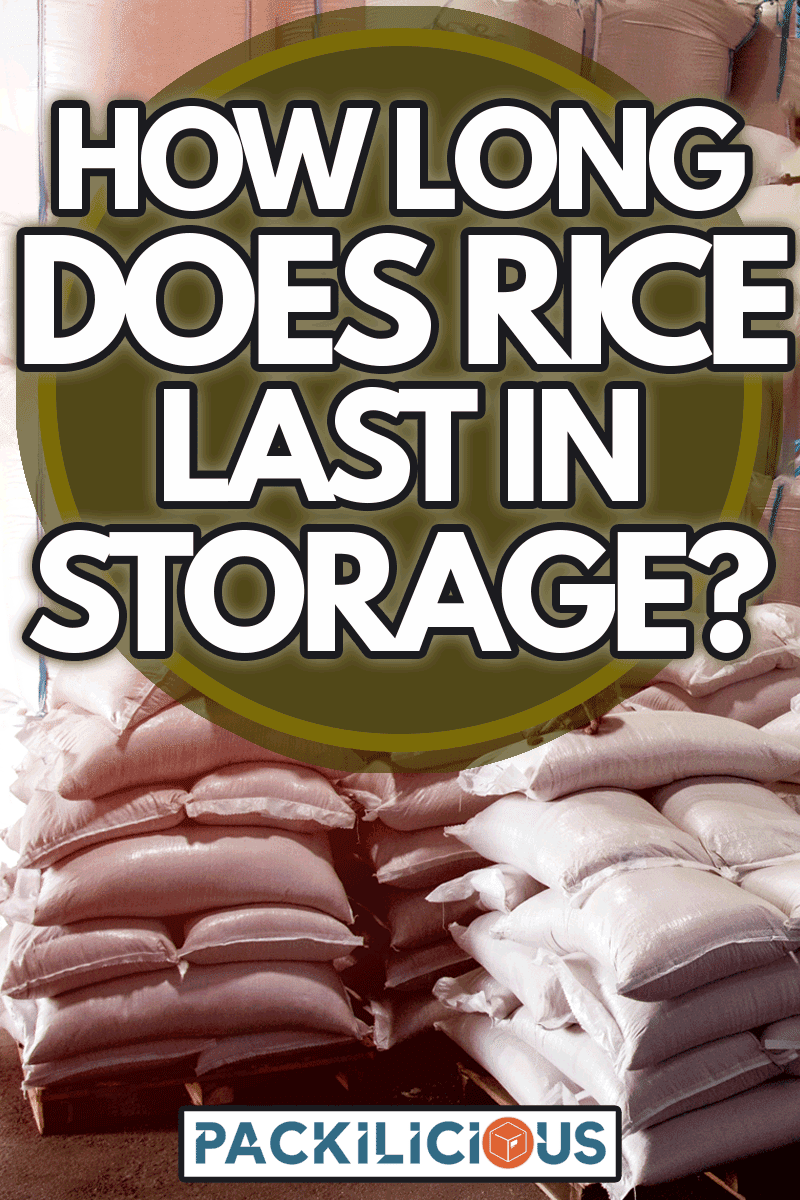
Shelf Life Of Rice
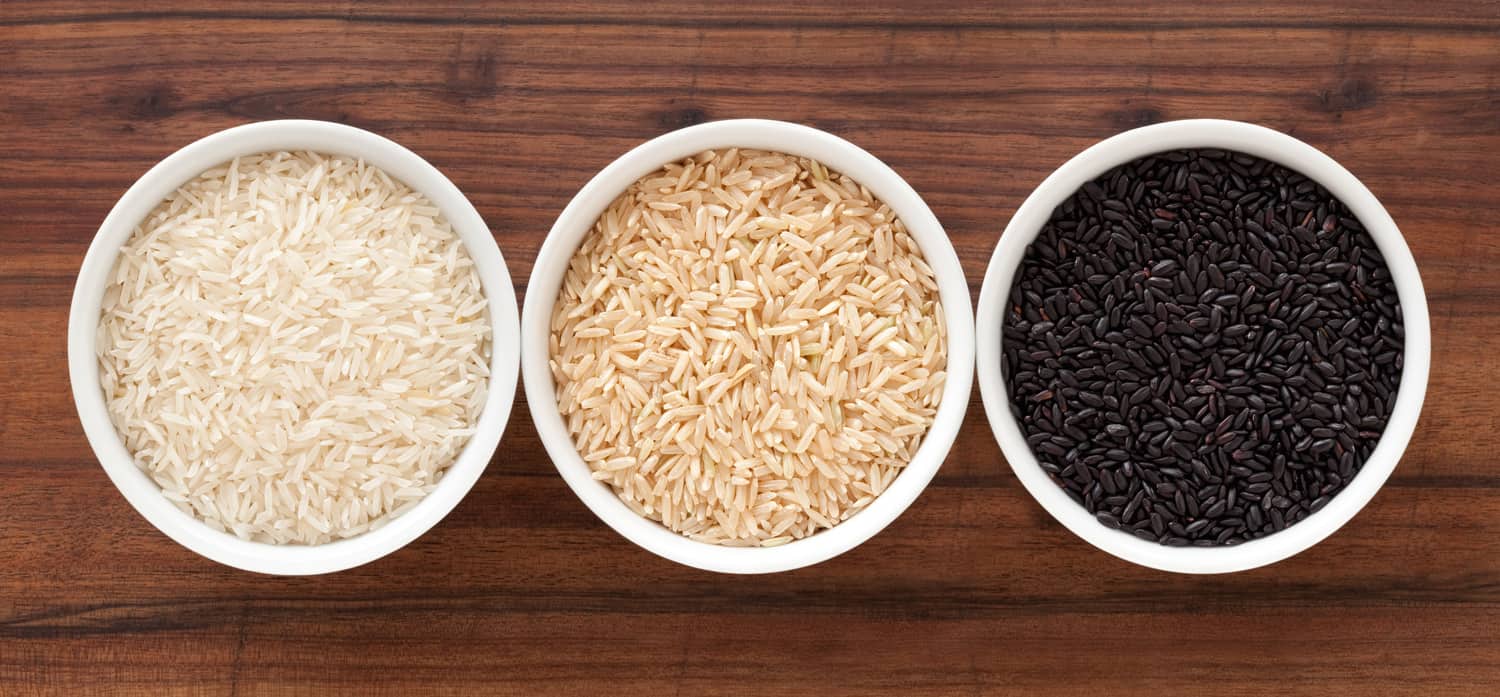
As mentioned above, the shelf life of rice will depend on its type.
Brown rice can get rancid quickly, unlike white rice. The reason is that brown rice is not polished. And being unpolished means it has a more significant amount of fats and oils. However, you can still place them at room temperature as long as they are dry or uncooked because they are shelf-stable in that state.
The shelf life of white rice is up to two years, compared to three to six months for brown rice. In addition, freezing or refrigerating them can also contribute to the extension of their shelf lives.
How To Tell If The Rice Is Already Expired?
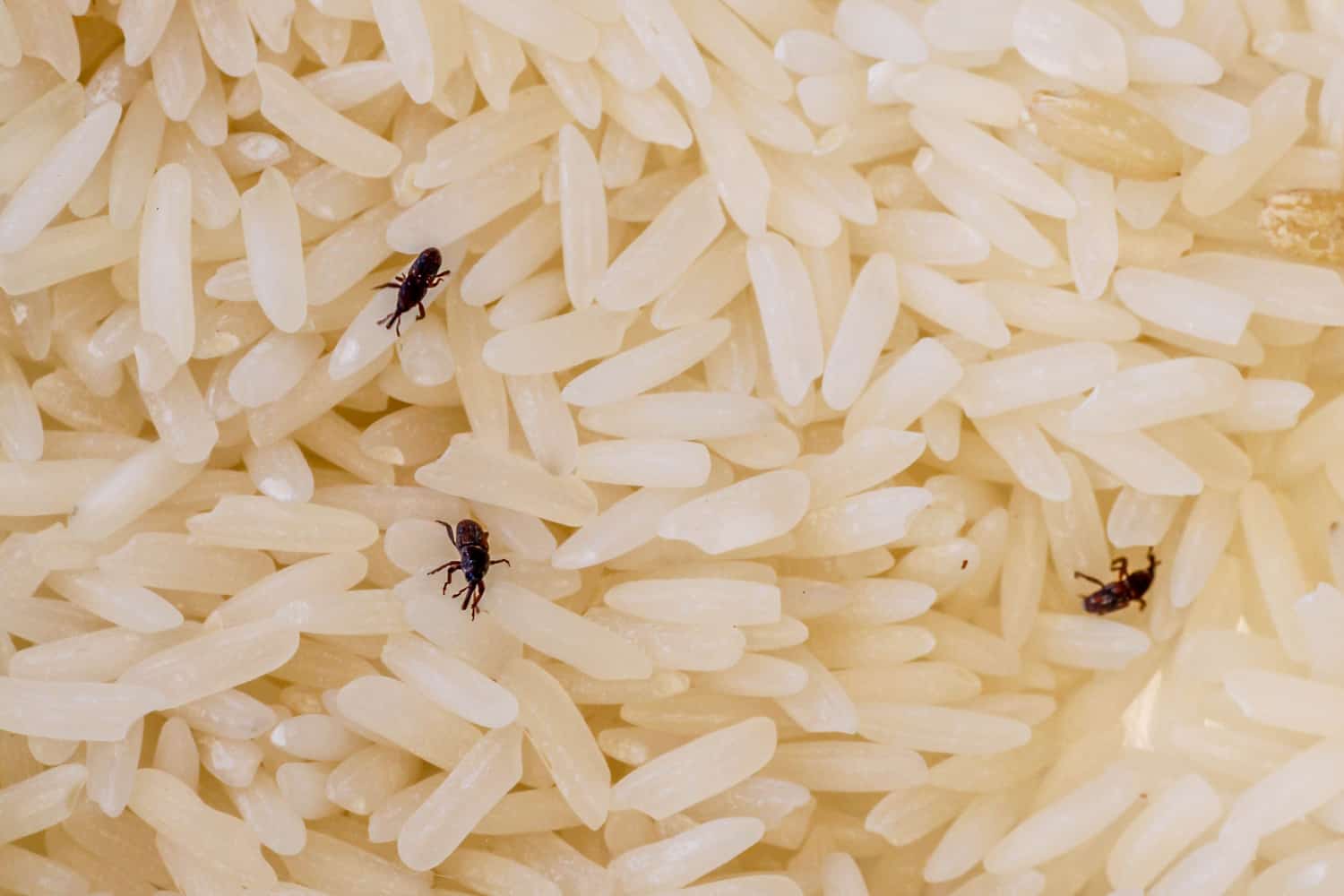
Shelf-stable foods like rice also have an expiration. And they are frequently called 'best-by' or 'use-by' dates. However, you can continue to eat them if you notice that there are still no signs of spoilage or deterioration in their packaging.
Determining if the rice is still edible or not is pretty straightforward. You can scan the package and see if there are holes, dampness, moisture, or any insects that may cause mold growth and bacteria.
For brown rice, you should scan for some discoloration and oiliness texture. A sour or funny smell occurs, too.
If you want to prolong the shelf life of your rice, always be cautious where you put it. Keep in mind to put it in a dry spot, usually in the pantry or kitchen cupboard.
Furthermore, you can opt to transfer the rice into an air-tight container after opening it. Doing so will deter bugs and moisture from invading the rice.
How Long Does Cooked Rice Last?
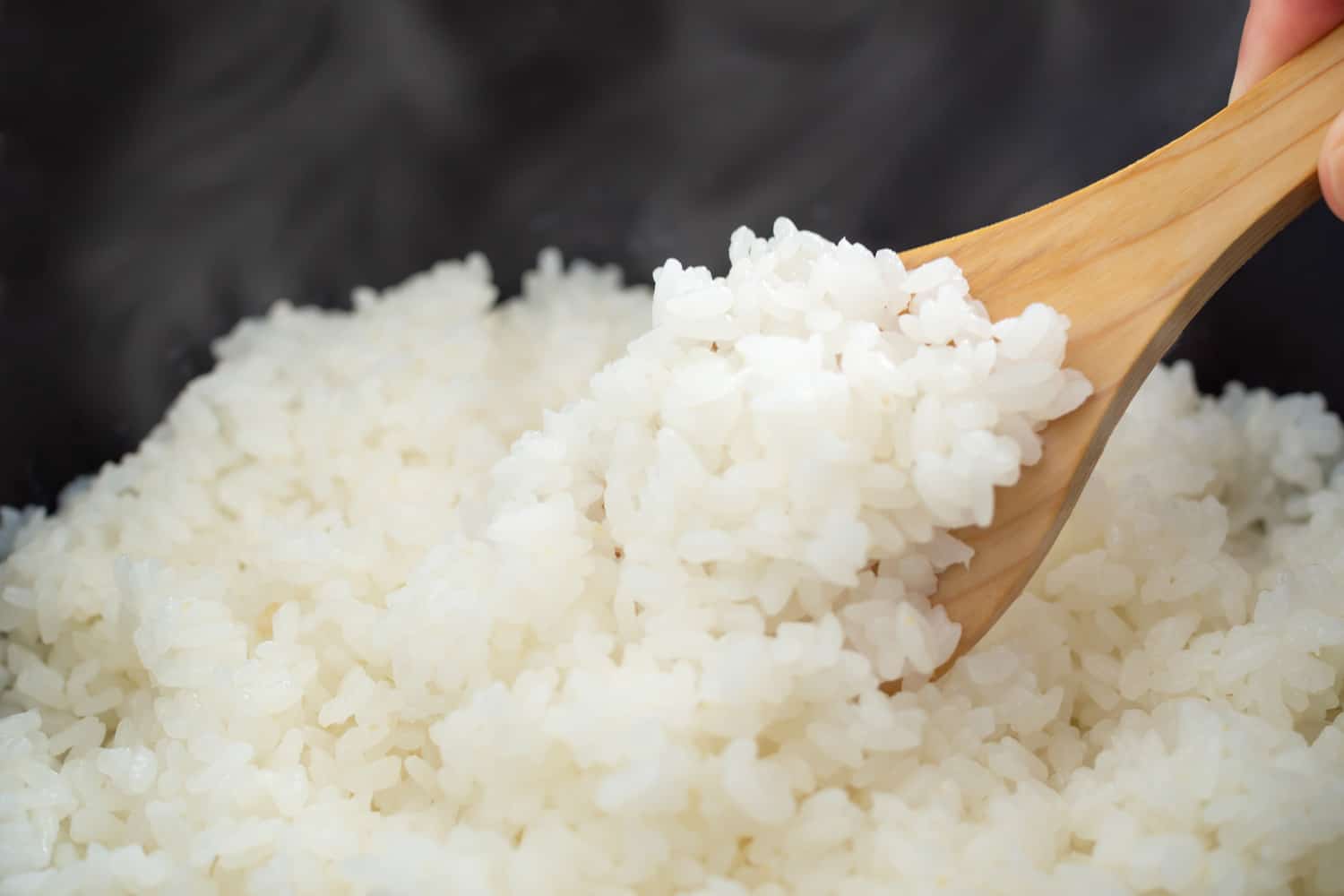
Cooked rice, unlike uncooked rice, has a shelf life nearly the same for all types of rice.
Once you cook it, it can hold its texture, flavor, and quality for three to four days, as long as you keep it in the refrigerator, possibly, even for a whole week. In addition, to keep cooked rice for up to eight months, you should put it in the freezer.
How To Tell If Cooked Rice Is Expired?
You can quickly determine if cooked rice is already expired.
First, smell it if it has a solid undesirable odor. That alone can tell that it is already expired. Second, scan its texture. Expired cooked rice is slimy in texture. And lastly, check if there is a mold buildup. Mold frequently appears as black or dark green spots.
If you notice these signs, it would be best to discard the rice immediately.
Hazards Of Eating Expired Rice
Mold and fungi are present in expired cooked rice, which means it contains the mycotoxins that they produce. And if you eat it, it will lead to food poisoning.
You'll know you ate rice contaminated with mycotoxins if you experience the symptoms such as vomiting, abdominal pain, and nausea. However, it can even lead to a worse situation, in which you can experience coma, convulsion, weak immune system, and an increased risk of cancer. Plus, exposing and contaminating uncooked rice to mold, expect that it will reduce its nutritional quality.
Additionally, inappropriate food handling of cooked rice might raise the risk of Bacillus cereus food poisoning, which can cause diarrhea, abdominal pain, and vomiting.
Things You Can Do With Expired RIce
If you can't consume your rice while it is still edible, worry no more because there are still some things that you can do to make use of it.
- Utilizing a pouch of fabric and rice, you can manufacture hot or cold pads that you can heat in the microwave or freeze in the freezer anytime.
- Using rice to create little heat packs is also possible. And you can utilize these as hand warmers.
- You can use rice to dry a wet electronic device, a cellphone soaked in water.
- Add rice to a salt shaker to unclamp the salt.
- You can clean a jar with a narrow neck by putting rice inside it and then shake.
- Use rice to absorb moisture from items made of metal. Doing so will prevent rusting and tarnishing.
- Rice can help in ripening fruits.
- You can create different crafts using rice, such as noisemakers for kids and sand art bottles.
Differences Between White Rice and Brown Rice
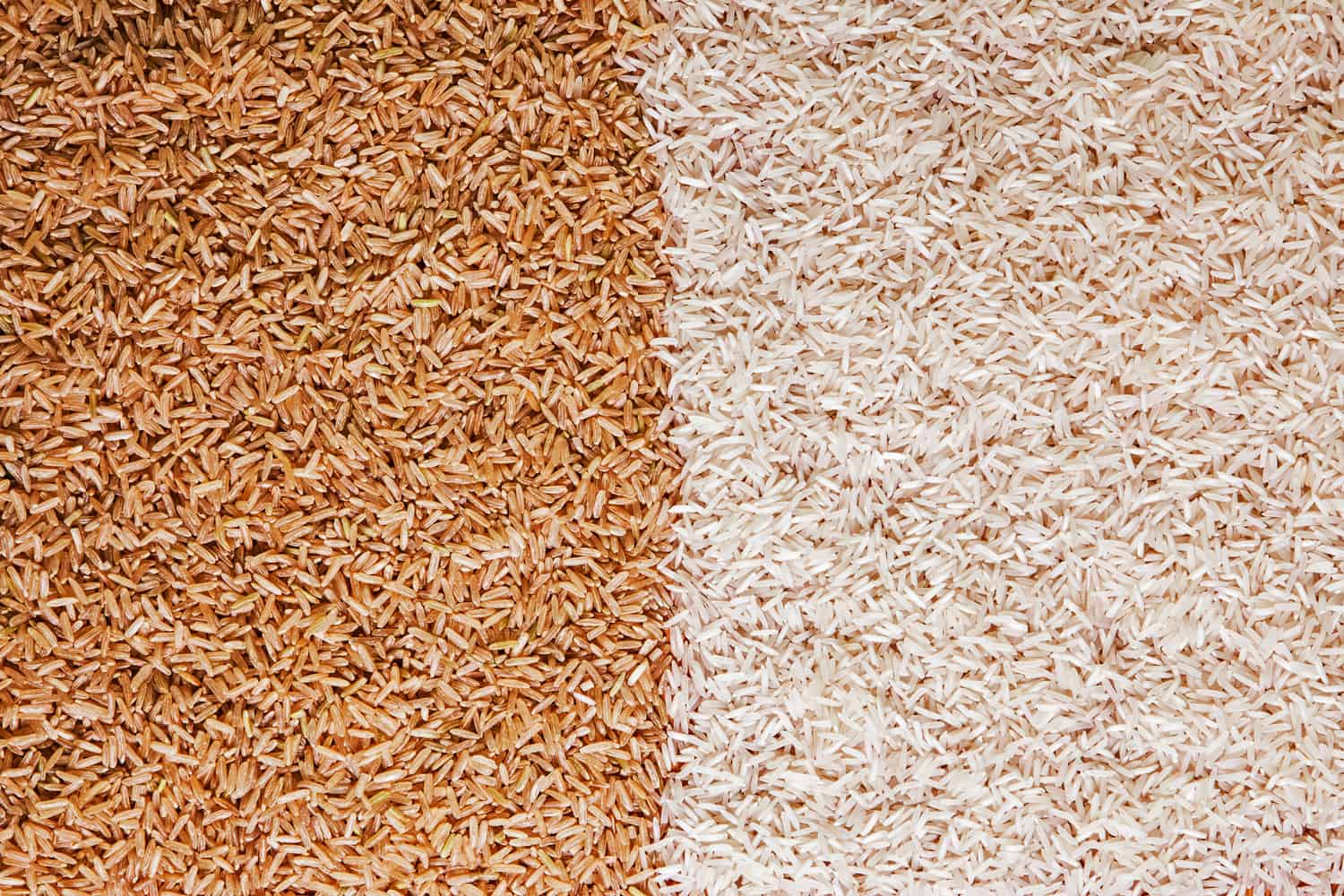
Carbohydrates are what rice mainly consists of, with a minor amount of protein and almost no fat. However, since brown rice is what we consider a whole grain, it holds all parts. And that includes the nutritious germ, endosperm, and fibrous bran.
Moreover, the tough bran exterior of the brown rice makes it longer to cook. And one characteristic when cooked is that it is chewy.
On the other hand, the fibrous bran and the germ are already absent in white rice because it is processed. And because those two are the healthiest ingredients of rice, it causes the white rice to have less important nutrients. However, it is far softer and tends to cook more quickly than brown rice when it comes to texture.
Check out this white rice on Amazon.
Benefits Of Brown Rice
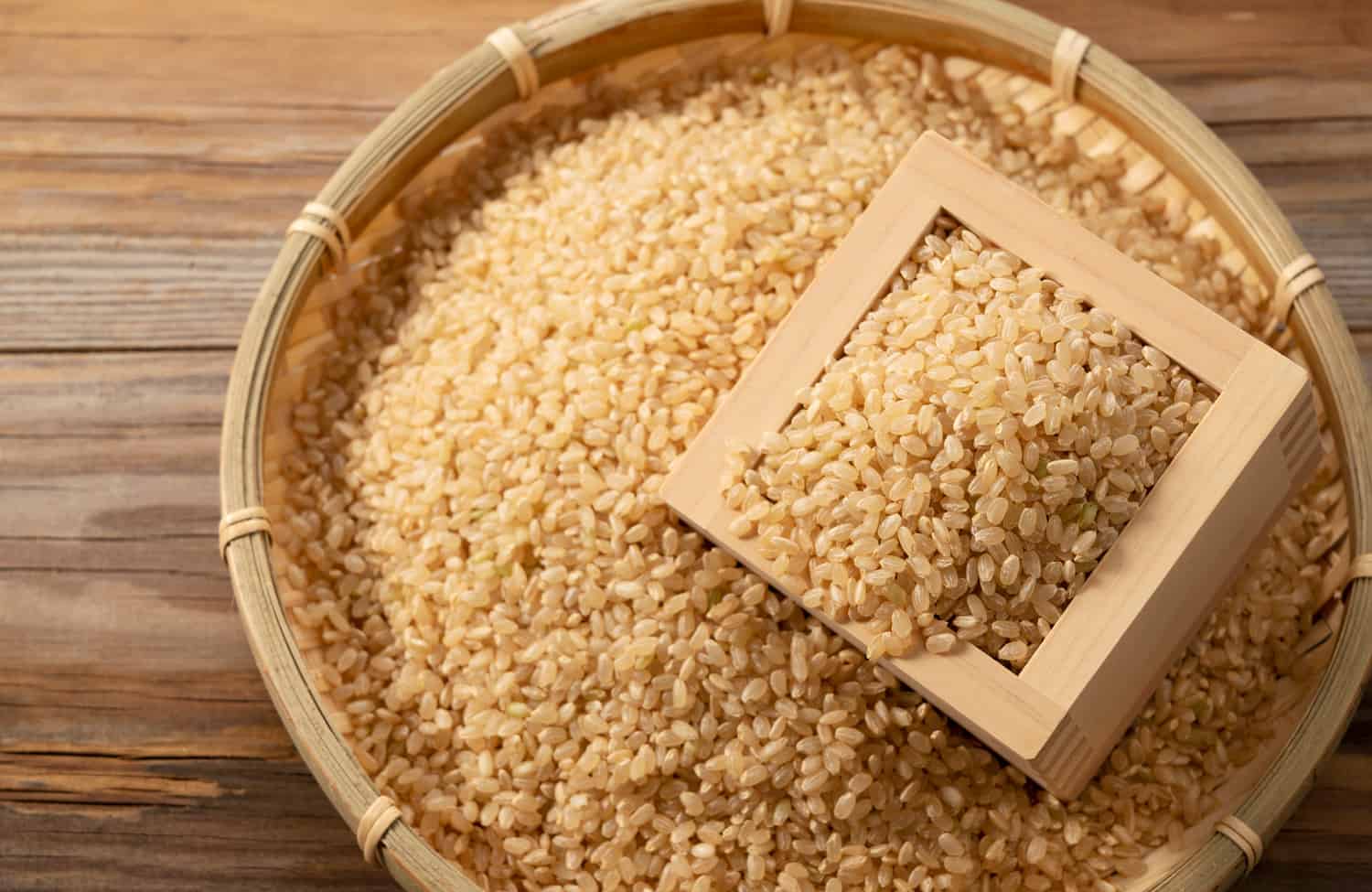
From a health standpoint, brown rice has various advantages.
1. Nutrient-rich
Brown rice has more vitamins, minerals, antioxidants, and fiber than white rice. These variances, though, aren't of much significance.
2. Positively Affects The Blood Sugar Levels
Brown rice can help control the blood sugar levels of a person because of its high fiber and magnesium content. And according to our research, frequent consumption of brown rice can aid in decreasing your blood sugar levels. In addition, it will also lessen the possibility of developing type II diabetes.
On the other hand, white rice consumption may increase the risk of having diabetes. And that might be because of its increased glycemic index, it has a GI of 72. The GI is the factor that determines how fast food increases the levels of your blood sugar. On the other hand, brown rice only measures 50 GI.
However, if you cool the white rice, it can lower its GI. So, you may opt to cook rice the day before you consume it and let it cool by putting it in the refrigerator. Then reheat it if you want to eat it already. Doing this method lowers the GI of white rice from 72 to 53.
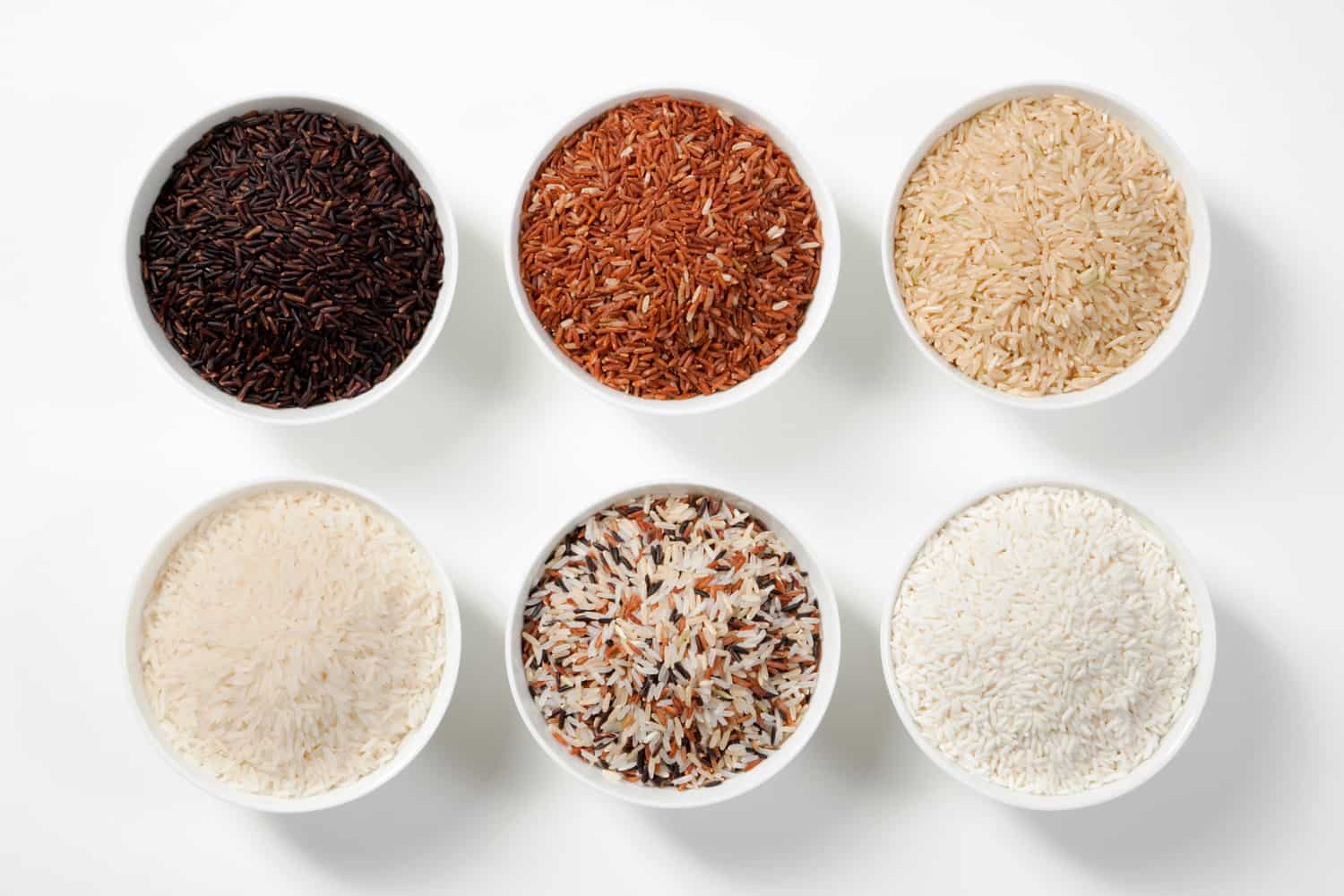
Another way to lower the GI of white rice is to add oil or vinegar. Furthermore, more varieties of rice containing lower GI that are widely available, and they are:
- basmati rice
- red rice
- black rice
- wild rice
3. May Reduce The Risk Of Having A Heart Disease
A study says that people who eat more whole grains such as brown rice can reduce the risk of heart disease by 16% up to 21% than those who eat lesser whole grains.
Additionally, brown rice can also reduce the total and bad cholesterol (LDL) and increase the good cholesterol (HDL). However, these results are not universal.
4. Rich In Antioxidants
The fibrous bran of brown rice contains many powerful antioxidants. And these antioxidants can assist in lowering the inflammation in the body and balancing the harmful free radical compounds. Therefore, brown rice may aid in controlling chronic diseases such as cancer, type II diabetes, and heart disease.
5. Helps In Weight Control
According to another study, brown rice can significantly reduce your BMI, weight, diastole blood pressure, and waist and hips circumference.
Wrap It All Up
When stored correctly, the shelf life of white rice can last up to over 25 years, while brown rice can last up to only three to six months because of the fats and oils it contains.
We hope you find this post helpful. And if you want to gain further knowledge, we encourage you to check these posts out!


